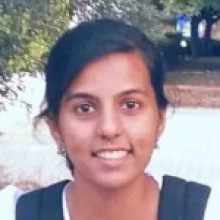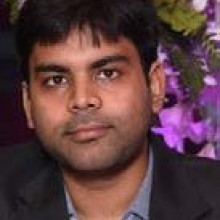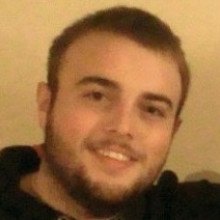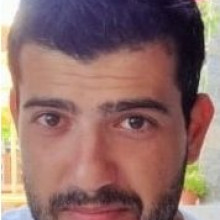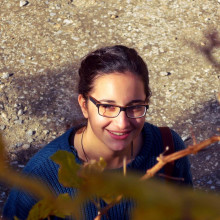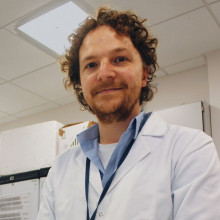Deba worked mainly on OBST2. He took active participation in building the breadboard and the instrument control for measurements. He also took part in preliminary theoretical calculations and ZEMAX simulations for imaging systems for CEMIC.
From July 1st, 2020, he joined as a Ph.D. student in the Resonant Nanophotonics Group at AMOLF, Amsterdam, in a collaborative project of AMOLF, TU/e, and the LED-company Lumileds to improve next-generation solid-state lighting. He will receive his Ph.D. degree from the University of Amsterdam after completion.
In 2018 Debapriya Pal worked on an intern project to build a novel fiber-coupled slave laser. He pursued the 5-year BS-MS Dual Degree Program in Physics at the Indian Institute of Science and Research Education, Kolkata (India) under Prof. Ayan Banerjee. During his master thesis, he explored the spin-orbit interaction of tightly focused light beams in optical tweezers using angular spectrum representation, designed with a stratified medium in the path of the trapping beam.
Debapriya Pal was awarded the prestigious 2018 Optics and Photonics Education Scholarship by the international society for optics and photonics SPIE, the international society for optics and photonics for his potential contributions to the field of optics, photonics, or related field.


